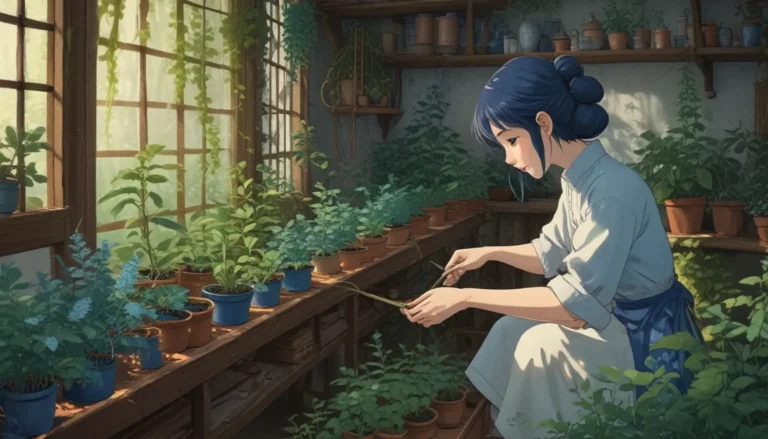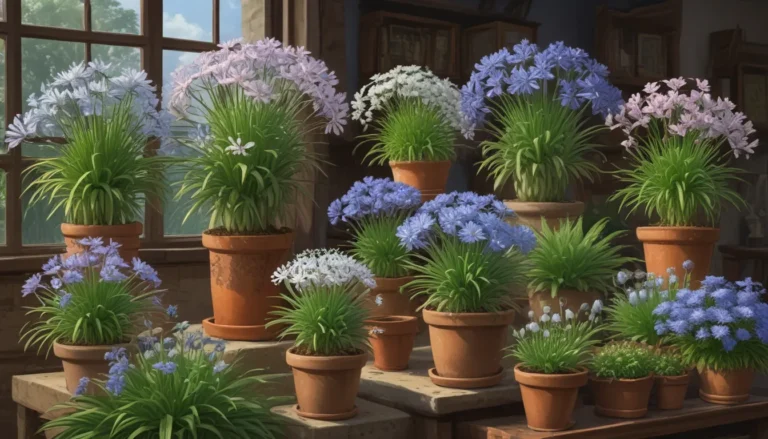How to Grow Loofah for Smoother Skin

Are you looking for a natural way to achieve smoother, healthier skin? Look no further than the humble loofah sponge. If you’ve never considered growing your own loofah, you might be surprised to learn that these versatile sponges can be cultivated right in your backyard garden.
When I was a child, loofah sponges were a staple in our household long before the days of plastic mesh scrubbies. Little did I know that these amazing sponges were actually grown in our own garden!
In this comprehensive guide, we will explore everything you need to know about growing and harvesting loofahs, as well as how to prepare them for use. From finding the right varieties to reaping a bountiful harvest, we’ve got you covered!
What You’ll Learn
Today, we will delve into the following aspects of growing loofah in your garden:
- Finding Luffah Varieties
- Planting Sponges in Your Garden
- Maintenance Tips
- Harvesting Techniques
- Preparing the Sponge for Use
- Additional Uses for the Loofah
Finding Luffah Varieties
Before you embark on your loofah-growing journey, it’s essential to find the right luffah variety for your garden. These versatile sponges can go by various spellings, including luffah, luffa, loufa, and luff.
While obtaining luffah seeds may not be as easy as walking into your local garden store, online retailers offer a wide selection. Look for heirloom luffa seeds such as Luffa aegyptiaca or Luffa acutangular, which can be harvested young for consumption or grown into sponges up to 7 inches in length.
When choosing seeds, opt for a reputable seller with positive reviews to ensure a successful harvest of high-quality loofah sponges.
Planting Sponges in Your Garden
In the spring, once the threat of frost has passed, it’s time to plant your loofah seeds. Plant them in hills about a foot apart along a fence or climbing structure, as loofah plants love to grow vertically.
Consider planting two seeds per hill to increase your chances of successful germination. Once the seedlings reach about two inches in height, thin them to a single plant per hill to ensure optimal growth.
Remember to water your luffah gourds regularly and provide them with ample sunlight to thrive in your garden.
Maintenance Tips
While maintaining your luffah plants, keep an eye out for any strangled gourds that may get entangled in fences or structures. Consider dusting your plants with diatomaceous earth to deter pests, especially squash beetles, during the late summer and early fall.
When the fruits are small, ensure they grow on one side of the fence to prevent deformities caused by growing on both sides of the boundary.
Harvesting Techniques
Knowing when to harvest your loofahs can be a bit tricky, as these sponges have a narrow window of optimal ripeness. While you can consume young loofahs like summer squash, many growers prefer to wait for a late summer or early fall harvest to use them as sponges.
Harvest your loofahs when they feel light and have a dry, dark-colored skin. You can still use slightly unripe loofahs, although they may be smaller in size.
Once harvested, the real work begins in preparing the loofahs for use as sponges.
Preparing the Sponge for Use
To turn a harvested gourd into a usable loofah sponge, you’ll need a few essential tools and supplies:
- A large stone or rolling pin
- Bucket of warm water with a teaspoon of bleach
- Scissors or pruning shears
Start by removing the outer skin of the loofah by striking it with a rolling pin or stone. Peel off any remaining skin and seeds, leaving the fibrous material inside.
Soak the loofah in a bleach water solution to remove any impurities, then rinse thoroughly and dry in the sun. Once completely dry, store the loofah sponge in a dry, pest-free area for future use.
Additional Uses for the Loofah
Beyond its exfoliating properties, loofah sponges have various household uses. They are great for cleaning grout, delicate porcelain, and even removing stubborn stains like grass stains.
A single loofah can be reused multiple times as long as you clean it thoroughly after each use and allow it to dry properly. Hang it to dry in a mesh bag or dish drainer between uses to prolong its lifespan.
Furthermore, harvested loofah sponges make excellent gifts and can be sold at farmer’s markets or online platforms like eBay and Etsy.
Growing loofah in your garden not only provides a sustainable source of sponges but also offers a rewarding gardening experience that yields fantastic results.
Have you ever grown luffa in your garden? Share your stories and experiences with us, and let us know how you’ve successfully harvested and prepared these miracle gourds for use.
In conclusion, growing loofah is a simple yet rewarding practice that can enhance your skincare routine and household cleaning tasks. With the right knowledge and techniques, you can enjoy the benefits of natural loofah sponges straight from your garden.
Happy gardening!





